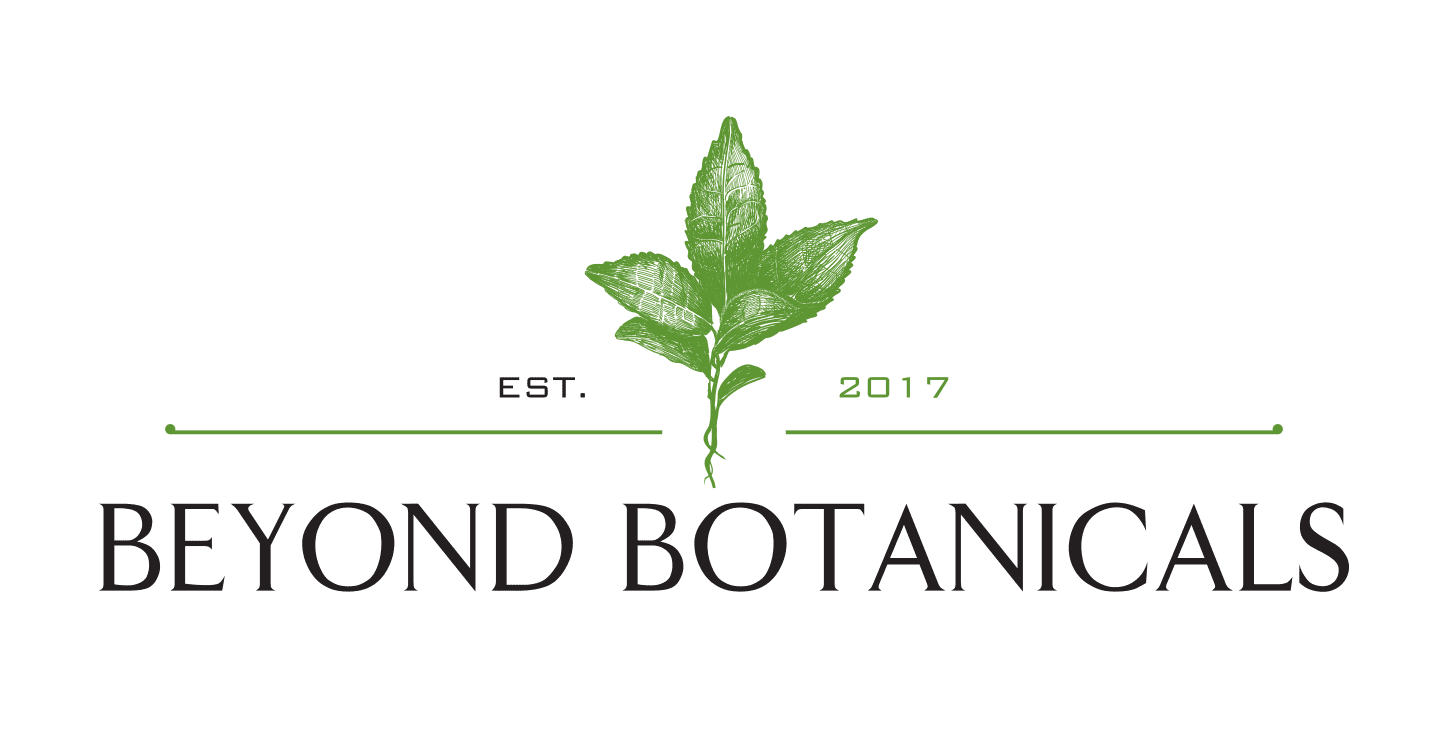The explosive demand for CBD has the hemp industry experiencing a renaissance of sorts: you see products containing CBD selling everywhere. There are reputable companies and news sources constantly reporting on it, and everyone wants to try CBD. At the least, many people want to learn more about the products they hear of all the time. CBD education can get complex due to the great number of unfamiliar terms and processes. Here, we’ve compiled a list of the most common CBD terms, so you’ll be an expert in no time!
The Important Terms
Cannabidiol. More commonly referred to by its abbreviated name CBD, cannabidiol is the second most prevalent active ingredient found in the hemp plant. While CBD has no intoxicating effects, it is still under heavy preliminary research for therapeutic potential.
Cannabinoids. These are active compounds that make up the Cannabis sativa plant. While it is thought to contain more than a hundred cannabinoids, the exact number is unknown. New compounds are still being identified today. The most prevalent cannabinoids derived from the plant are THC and CBD.
Cannabis sativa. An herbaceous flowering plant that has been cultivated throughout recorded human history. Indigenous to eastern Asia, medicinal use of the plant traces back as far as the Neolithic period. It soon travelled westward with British colonial expansion, arriving in the American colonies during the 1600s and promptly became the preferred material for a number of industrial goods. Today, a variety of Cannabis sativa called hemp is prominent specifically for its high cannabidiol content.
Full Spectrum. Hemp extract oil containing all active compounds such as CBD, other cannabinoids, terpenes and a negligible amount of THC – 0.3% or less.
Broad Spectrum. Hemp extract oil with high CBD content, additional cannabinoids, terpenes but absolutely no THC. Considered the middle ground extract between full spectrum oil and isolate powder.
Isolate. A hemp extract in powder form that is at least 99% pure cannabidiol. It contains little to no other cannabinoids, terpenes, or flavonoids, and has no THC presence.
CO2 Extraction. A process that uses pressurized carbon dioxide to pull the desired cannabinoids, terpenes, oils and waxes from hemp plant material. This is the industry-wide standard of ethical hemp extraction, as it does not introduce harmful chemicals into the product as with traditional solvent extractions.
Entourage Effect. The theory that THC and CBD work more efficiently together than alone to create greater benefit, hence the appeal of Full Spectrum products.
THC. THC, or Delta-9 tetrahydrocannabinol, is the only cannabinoid that produces intoxicating effects in sufficient volume. Following decades of prohibition, more and more states are opening up to the therapeutic benefits of THC.
The Products
Tincture. Hemp extract (full spectrum, broad spectrum or isolate) that is infused with a carrier oil, usually MCT oil or hemp seed oil, intended for oral consumption. In traditional herbal context, the word tincture refers to an alcohol base. Today, it commonly refers to oil-based infusions as well, despite this being something of a misnomer.
Topical. Hemp extract infused with a number of skin safe ingredients for external use. For example, body butters and moisturizing creams.
Edible. While CBD now appears in a number of foods (baked goods, confections, beverages) the term most commonly refers to gummies or capsules within the CBD industry.
What now?
Now that you’ve got an understanding of some of the most common CBD terms, you’re well on your way to becoming a hemp expert! If you have any more questions, move on to our CBD FAQ to keep learning.
